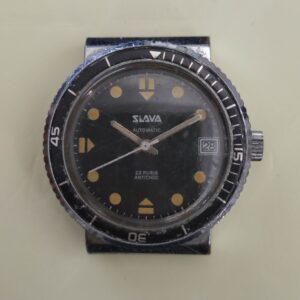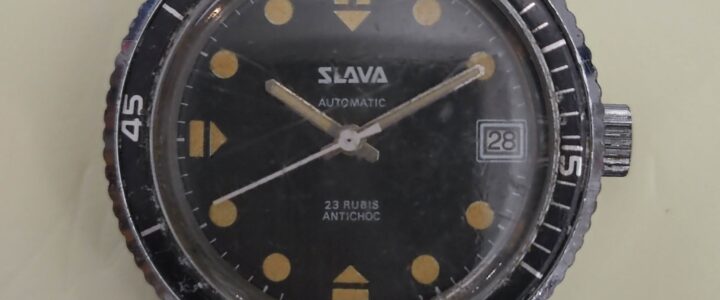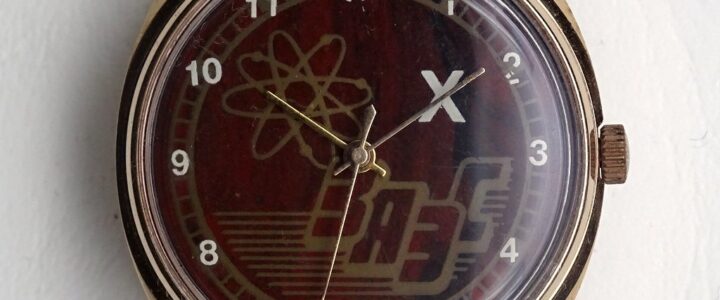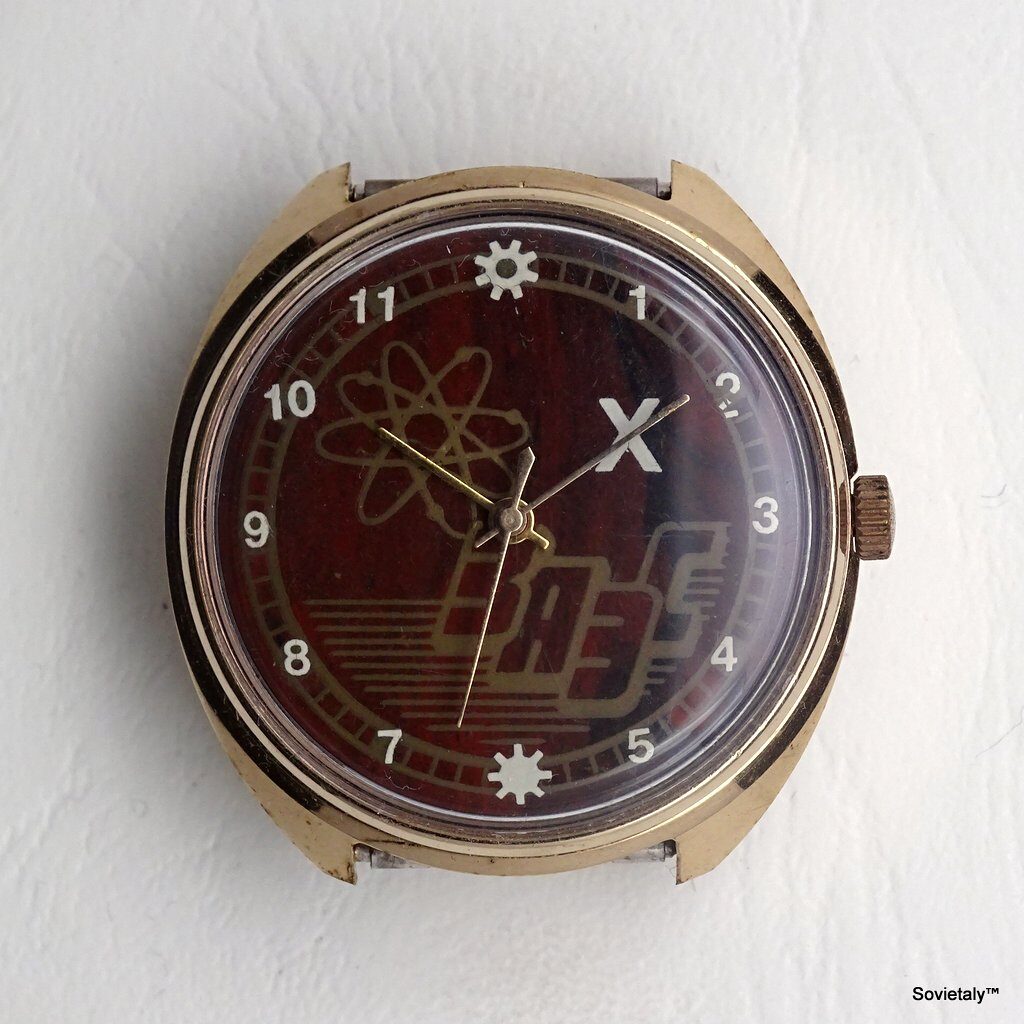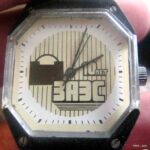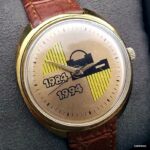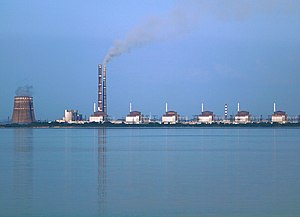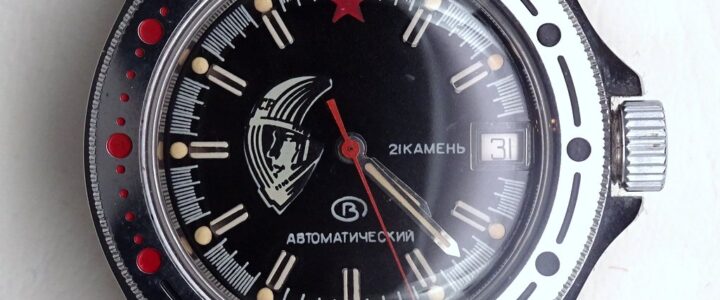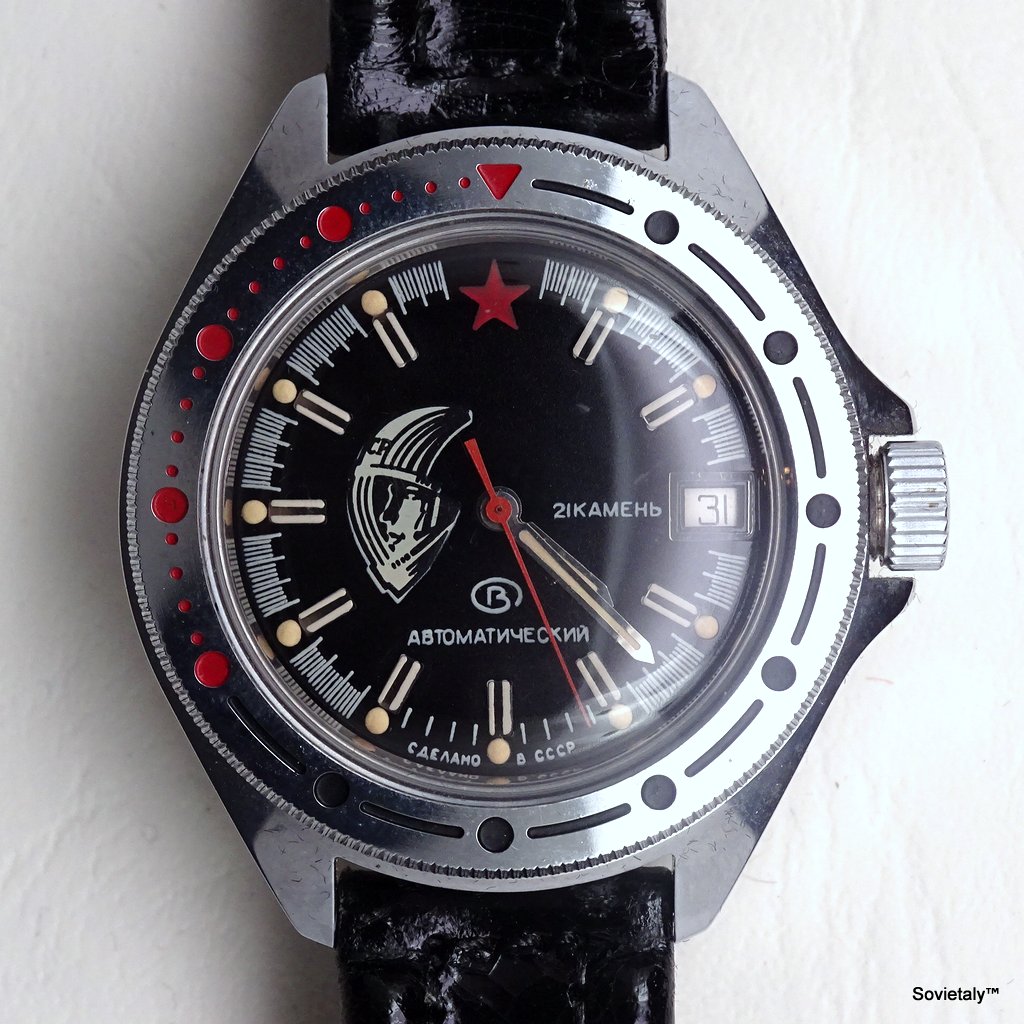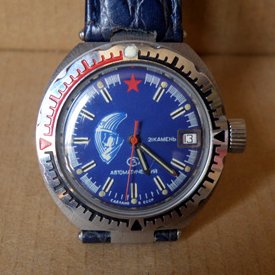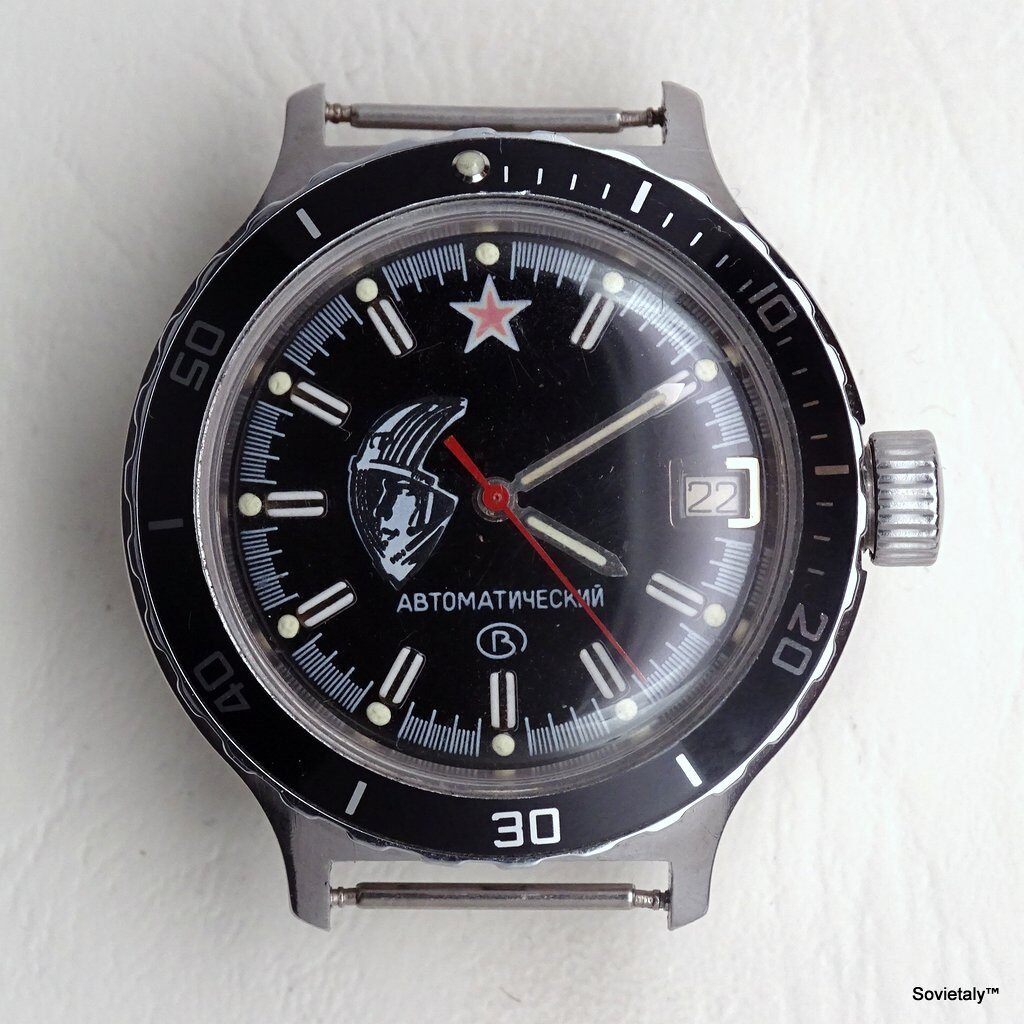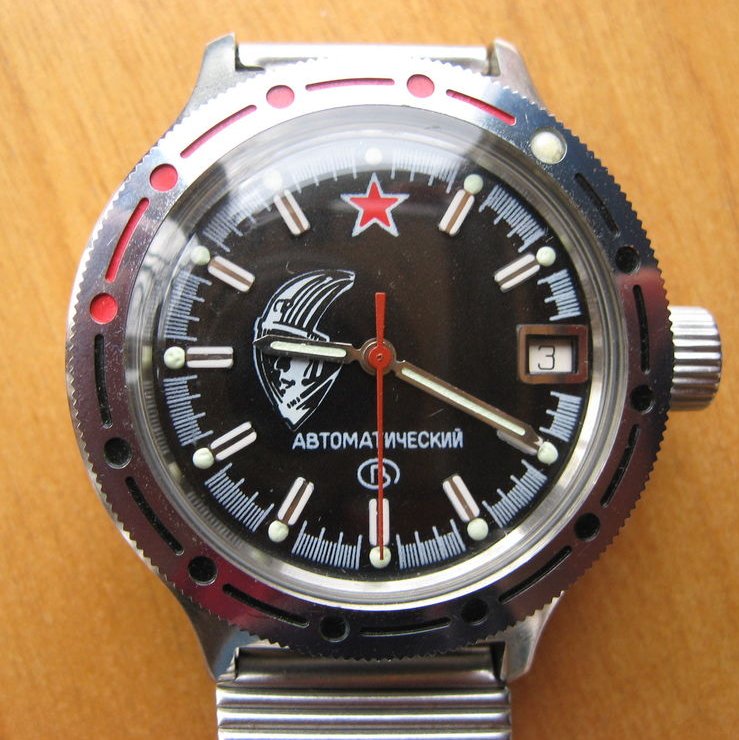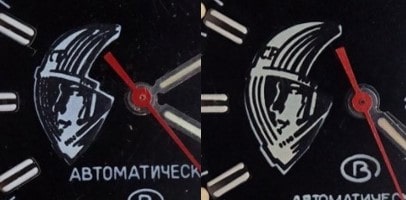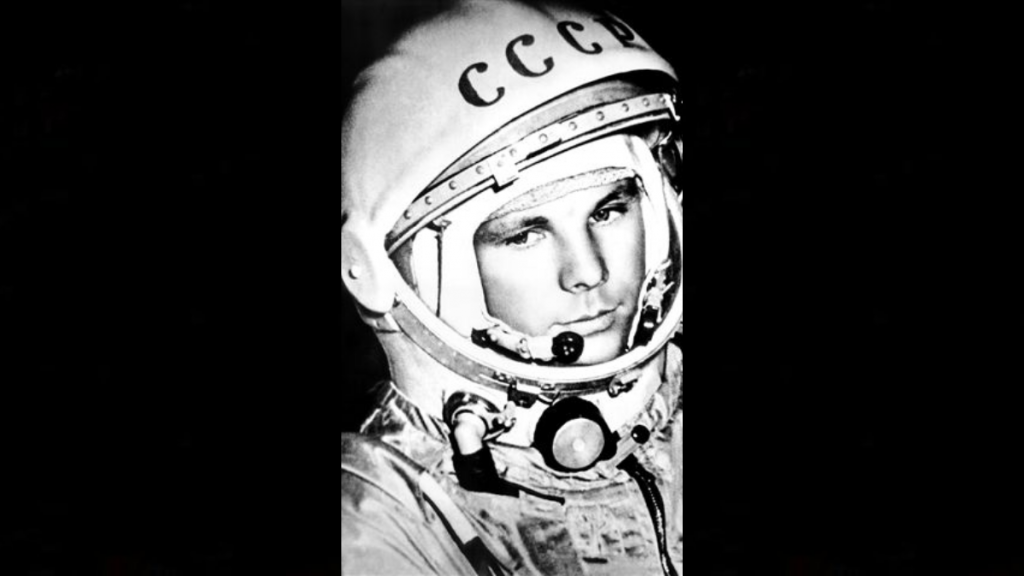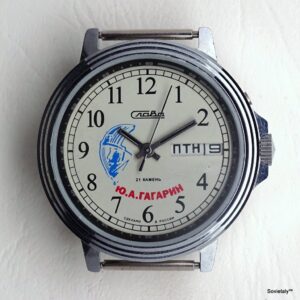Original Title: Краткая история часового искусства
Year of Publication: 1926
Book Chapters
1. От автора (From the Author)
The author dedicates his work to Ivan Petrovich Kulibin, a talented Russian self-taught mechanic. Born in 1735, Kulibin showed an early passion for mechanics, building clocks and other complex devices with simple tools. His dedication and skill led him to construct a complex clock that caught the attention of Empress Catherine II, who generously rewarded him. Despite adversities, Kulibin continued to innovate until his death in 1818.
Trivia:
- Kulibin built his first clock without professional tools, using only a knife.
- The clock presented to Catherine II was egg-shaped and depicted a scene of Christ’s resurrection.
- After impressing Catherine II, Kulibin was appointed to the Academy of Sciences with an annual salary.
2. Введение (Introduction)
The author discusses the lack of extensive literature on watchmaking in Russia compared to the West and hopes that his work will spark interest in this art. The text is inspired by a brochure distributed at the German Watchmakers’ Conference in 1925.
Trivia:
- The author uses works from various European horology experts, including Ernst von Bassermann-Jordan and Claudius Saunier.
- The book is dedicated to the memory of Kulibin, seen as a model of ingenuity and perseverance.
- Western horological literature is much more developed than its Russian counterpart, with numerous specialized journals and watchmaking schools.
3. Точное определение времени (Precise Time Measurement)
This chapter explores various methods developed to measure time accurately, including astronomical clocks and synchronization based on the movements of the earth and celestial bodies. It describes how observing stars can help regulate clocks with incredible precision.
Trivia:
- Astronomical clocks can measure time with precision up to hundredths of a second.
- Time signals were transmitted internationally via radio stations to synchronize clocks in different locations.
- Berlin used a telegraph signal system to synchronize the clocks of railway stations.
4. Искровая станция Наузн (Spark Station of Nauzen)
Describes the Nauzen radiotelegraph station, used to transmit global time signals, aiding the international synchronization of clocks. The Nauzen station represents a significant step in the evolution of precise time transmission.
Trivia:
- The Nauzen station began its modern operations in 1920.
- Time signals transmitted from Nauzen were used for precise clock adjustments worldwide.
- The station was equipped with two transmission towers, each 260 meters high.
5. Измерители времени в древности (Time Measurement in Antiquity)
The chapter traces the evolution of time-measuring devices from ancient sundials to more complex water and sand clocks. It examines how ancient civilizations used shadows and other techniques to keep track of time.
Trivia:
- Sundials were used as early as 2679 BC by the Chinese.
- The first water clocks included complex mechanisms that indicated the hours even at night.
- Sand clocks, also known as hourglasses, were used for both daily purposes and in courtrooms to limit the duration of speeches.
6. Первые колесные часы с тормазом (The First Wheel Clocks with Brake)
Examines the invention of mechanical wheel clocks, attributed to Pope Sylvester II (Gerbert of Aurillac) around 1000 AD. These clocks represent a significant technological development in the evolution of time measurement.
Trivia:
- Mechanical wheel clocks represented a huge advance over previous time-measuring devices.
- The accuracy of these clocks was improved compared to water and sand models.
- The first public mechanical clock was installed in Milan in 1335.
7. Башенные часы (Tower Clocks)
Describes the development of tower clocks in Europe, highlighting notable examples such as the clock of Strasbourg Cathedral. These clocks not only marked the time but also became works of art and prestige symbols for cities.
Trivia:
- The Strasbourg Cathedral clock is considered one of the seven wonders of the mechanical world.
- These clocks were often adorned with animated figures that moved every hour.
- Cities competed to have the most complex and beautiful tower clocks, often employing the best craftsmen of the time.
8. Карл V часовщик (Charles V the Watchmaker)
This chapter recounts Charles V’s passion for watchmaking and his personal contributions to creating and repairing clocks. After abdicating the throne, Charles V devoted himself entirely to this passion.
Trivia:
- Charles V abdicated the throne to devote himself to monastic life and watchmaking.
- He worked with the famous watchmaker Juanelo Turriano to create complex and precise clocks.
- Charles V found in watchmaking a relief and refuge from the heavy duties of state.
9. Изобретение карманных часов (Invention of Pocket Watches)
Covers the invention of pocket watches, attributed to the Nuremberg locksmith Peter Henlein in the 16th century. These watches brought time measurement to a more personal and portable level.
Trivia:
- The first pocket watches were known as “Nuremberg eggs” due to their shape and size.
- These watches revolutionized timekeeping, making it portable and accessible.
- Henlein was able to miniaturize the complex mechanisms of clocks, making them suitable for pocket use.
10. Морской хронометр (Marine Chronometer)
Explains the importance of the marine chronometer for navigation and how the Englishman John Harrison solved the longitude problem with his precise chronometers. Marine chronometers were crucial for the safety and efficiency of ocean navigation.
Trivia:
- Harrison’s chronometer could measure time with unprecedented accuracy during long sea voyages.
- Harrison received a significant prize from the British government for his contribution to navigation.
- His invention allowed navigators to determine their longitude with great precision, reducing the risk of shipwrecks.
11. Последовательные усовершенствования карманных часов (Subsequent Improvements of Pocket Watches)
Describes the various improvements made to pocket watches, including self-winding mechanisms and new materials for greater precision. Technical evolution continued to improve the accuracy and reliability of pocket watches.
Trivia:
- Self-winding watches eliminated the need to use a key for winding.
- The accuracy of pocket watches continued to improve with the introduction of new materials like the Breguet balance spring.
- Some high-quality pocket watches included complications such as perpetual calendars and moon phases.
12. Изобретение маятника (Invention of the Pendulum)
Explores the importance of the pendulum’s invention for improving the accuracy of clocks, attributed to Galileo Galilei and later perfected by Christiaan Huygens. The pendulum represented a revolution in precise time measurement.
Trivia:
- Galileo first noticed the isochronous properties of the pendulum by observing a swinging chandelier in the Pisa Cathedral.
- Huygens developed the first precise pendulum clock, drastically improving time measurement.
- Pendulum clocks quickly became the standard for accuracy and were widely used in astronomical observatories.
13. Новый уровень выработки часов в девятнадцатом столетии и подъем их производства в настоящее время (New Level of Watchmaking in the 19th Century and the Rise of Current Production)
Discussion on the industrial growth of watchmaking in the 19th century and its development until the early 20th century. Industrialization allowed for mass production of watches, making them more accessible to the public.
Trivia:
- Technological innovations of the 19th century allowed for more efficient and mass production of watches.
- Watch factories in Switzerland and Germany became world leaders in producing high-quality watches.
- Mass production reduced costs and made watches more accessible to a wider audience.
14. Типы изящных современных карманных и браслетных часов (Types of Elegant Modern Pocket and Wrist Watches)
Describes the various styles and types of pocket and wrist watches that became popular in the early 20th century. The evolution of design and technology made watches not only precision instruments but also fashion accessories.
Trivia:
- Wristwatches began to surpass pocket watches in popularity due to their practicality.
- Innovative designs and the use of precious materials made these watches not only precision instruments but also fashion accessories.
- Some wristwatches of the era included functions such as chronographs and moon phase indications.
15. Часовая промышленность в Шварцвальде (Watch Industry in the Black Forest)
Explores the watchmaking industry in the Black Forest, famous for its cuckoo clocks and high-quality craftsmanship. The region is renowned for its horological tradition and the craftsmanship of its products.
Trivia:
- Black Forest cuckoo clocks are famous worldwide for their craftsmanship and unique design.
- The region has a long tradition of watchmaking dating back to the 18th century.
- Black Forest watchmakers were known for their skill in creating intricate and decorated clocks.
16. Фабрика Юнгганс в Шрамберге (Junghans Factory in Schramberg)
Description of the Junghans factory and its contribution to modern watchmaking, emphasizing mass production and technical innovation. Junghans has become one of the leading watch companies in Germany.
Trivia:
- Junghans was founded in 1861 and quickly became one of the world’s largest watch manufacturers.
- The factory introduced many innovations, including new production methods and modern designs.
- Junghans was known for producing precise and reliable watches, including chronographs and wristwatches.
17. Фабрикация карманных часов в Пруссии (Manufacturing of Pocket Watches in Prussia)
Analysis of the production of pocket watches in Prussia and the region’s role in the development of European watchmaking. Prussia was an important centre of watchmaking in the 19th century.
Trivia:
- Prussia was a significant centre for producing high-quality watches during the 19th century.
- Many Prussian watchmakers were known for their craftsmanship and attention to detail.
- Watchmaking production in Prussia significantly contributed to the local economy and the region’s reputation as a centre of horological excellence.
18. Часовая фабрика Адольфа Ланге с сыновьями в Гласхютте в Саксонии (Adolf Lange & Söhne Watch Factory in Glashütte, Saxony)
Explores the history of the Adolf Lange & Söhne watch factory, founded in 1845 and famous for its precision watches. Lange & Söhne is one of the most respected names in high-end watchmaking.
Trivia:
- Adolf Lange is considered one of the founding fathers of the German watchmaking industry.
- His watches are still regarded as among the best in the world for their precision and quality.
- The Lange & Söhne factory has overcome many difficulties, including the devastation of World War II, to maintain its reputation for excellence.
19. Электрические часы (Electric Clocks)
Describes the introduction and development of electric clocks, one of the most significant innovations of the 20th century. Electric clocks revolutionized the watchmaking industry with their precision and ease of use.
Trivia:
- Electric clocks revolutionized the watchmaking industry with their precision and ease of use.
- The technology enabled the development of globally synchronized clocks.
- Electric clocks were the forerunners of quartz clocks, which further improved accuracy and reduced production costs.
20. Германская школа часовщиков в Гласхютте в Саксонии (German Watchmaking School in Glashütte, Saxony)
Analysis of the training and education of watchmakers at the Glashütte school, an important institution for German watchmaking. The Glashütte school has trained many of the world’s best watchmakers.
Trivia:
- The school was founded to raise the standards of training for German watchmakers.
- Many of the world’s best watchmakers received their training in Glashütte.
- The Glashütte school is known for its academic rigor and attention to the technical and artistic details of watchmaking.
21. Часовое искусство в нашей Республике (Watchmaking Art in Our Republic)
Discussion on the state of watchmaking art in the Soviet Republic and the challenges faced by the industry. Despite economic and political difficulties, the Russian watchmaking industry continued to develop and innovate.
Trivia:
- Despite economic difficulties, Russia continued to develop its watchmaking industry.
- The author emphasizes the need to support local craftsmen and improve access to modern resources and technologies.
- The Soviet government recognized the importance of watchmaking as a symbol of technological progress and invested in training and research programs.
This article offers a detailed overview of each chapter of G. Kann’s book “Краткая история часового искусства,” revealing the fascinating history and technical evolutions of watchmaking.
4o
